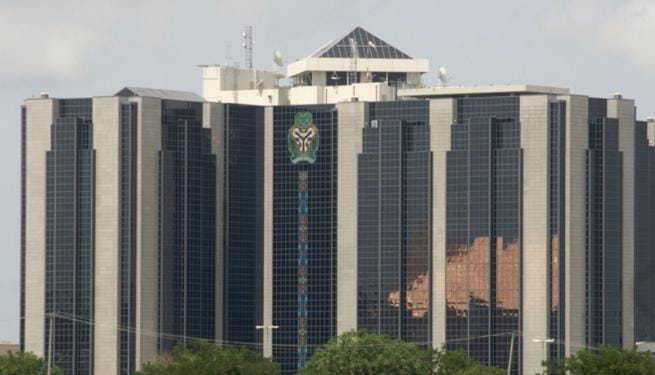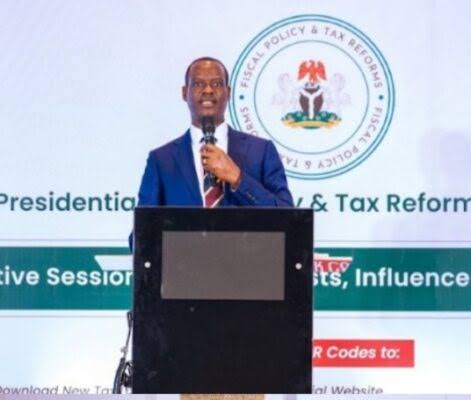The Central Bank of Nigeria (CBN) has introduced a 75 percent cash reserve ratio (CRR) on non-treasury single account (TSA) public sector deposits for enhanced liquidity management.
Olayemi Cardoso, CBN’s governor, announced at a press conference on Tuesday after the monetary policy committee (MPC) 302nd meeting in Abuja.
Non-TSA public sector deposits are government-related funds (ministries departments, agencies, parastatals, or state-owned entities) that are still kept in commercial banks instead of the TSA.
The new rule implies that the CBN is now requiring banks to set aside 75 percent of such non-TSA government deposits as reserves.
Announcing the outcome of the meeting, Cardoso said the committee resolved to cut the monetary policy rate (MPR) by 50 basis points to 27 percent, and adjust the standing facilities corridor around the MPR to +250/-250 basis points.
He said the committee also reduced the CRR for commercial banks from 50 percent to 45 percent, while retaining the ratio for merchant banks at 16 percent.
“The CRR of merchant banks remains at 16 percent, and also to introduce a 75 percent CRR on non-TSA public sector deposits and keep the liquidity ratio unchanged at 30 percent,” the CBN governor said.
“The committee’s decision to lower the monetary policy rate was predicated on the sustained disinflation recorded in the past five months, projections of declining inflation for the rest of 2025 and the need to support economic recovery efforts.”
On the standing facilities corridor, Cardoso noted that the adjustment would improve the efficiency of the interbank market and strengthen monetary policy transmission.
’75% CRR ON NON-TSA DEPOSITS WILL SHIELD SYSTEM FROM FISCAL LIQUIDITY RISKS’
Speaking with TheCable, Muda Yusuf, chief executive officer of the Centre for the Promotion of Private Enterprise (CPPE), said the measure is aimed at curbing excess liquidity risks originating from the public sector.
“The whole essence of this, in my view, and as the CBN governor said, is that public sector funds can pose a risk to stability in the financial system,” Yusuf said.
“That is why the 75 percent CRR has isolated a portion of public sector deposits, and that is the non-TSA deposits because that portion have been identified as a risk to monetary stability.”
The CPPE boss explained that most of the liquidity challenges in the financial system are driven by public sector funds rather than private sector.
Imposing a high CRR across the entire system, he said, would have been unfair.
“Most of those liquidity challenges is not coming from the private sector. Most of it is coming from the public sector, and it is not fair to penalise the whole system with a huge CRR when the bulk of the liquidity is coming from the public sector,” he said.
Yusuf noted that the main objective is to safeguard the system against liquidity surge arising from the fiscal side.
WARNING: If You Are Not 18+, Don’t Click The Link Below 👇🫣
https://facultativethus.com/kx6iepv2qm?key=6c14bd1d68e1eba721851f19778f5efe
Please don’t forget to “Allow the notification” so you will be the first to get our gist when we publish it.
Drop your comment in the section below, and don’t forget to share the post.
Never Miss A Single News Or Gist, Kindly Join Us On WhatsApp Channel:
https://whatsapp.com/channel/0029Vad8g81Eawdsio6INn3B
Telegram Channel:
https://t.me/gistsmateNG










